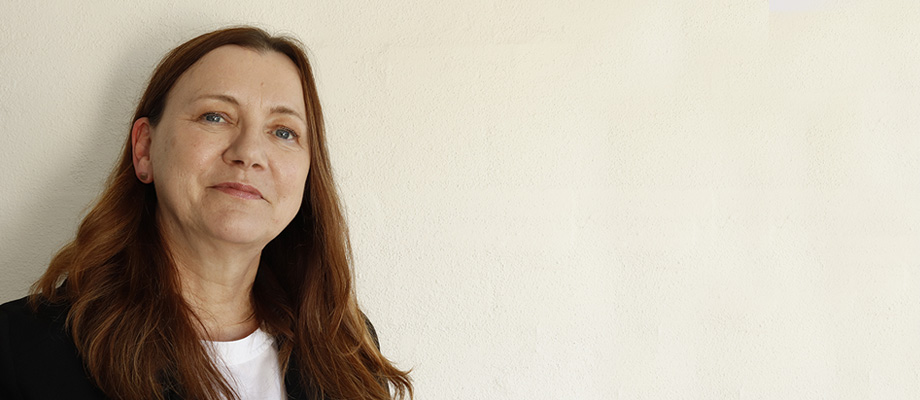Welcome letter from Carlos Flores

Annual reports are naturally focused on the past. But the achievements of the last 12 months have laid the foundations for an industry moving towards decarbonisation at speed and scale.
Three central issues for Australia’s built environment have crystallised over the last year – and the NABERS team has been hard at work to respond to each.
Firstly, nations around the world are beginning to look at energy efficiency through a new lens, as the demand for clean energy begins to rise. We desperately need electric vehicles and green hydrogen, but these will necessarily draw ever-growing amounts of electricity from the grid. Recent research from Australia and overseas is crystal clear: getting to net zero emissions will be incredibly hard unless we make our buildings drastically more energy efficient.
We also know measurement leads to better management. We have been working hard to expand NABERS into new sectors, so more buildings can be assessed for their environmental performance, and to enable governments to step in with policy support. In 2021, we rolled out NABERS rating tools for retirement villages and aged care, and we have just released NABERS tools for warehouses and cold storage. We are now laying the groundwork on ratings for schools and retail outlets, expected to be released in 2023.
Secondly, the scale of the building electrification challenge is beginning to dawn on many nations. Look around you: most homes and hospitals, schools, shopping centres, warehouses and workplaces you see will need to electrify in the next two decades. Even governments with world-leading building electrification policies, such as Germany, are concerned about achieving this task in the next two decades. Electrifying buildings will be one of the largest challenges on Australia’s road to net zero emissions, and we need to do more to ramp up our efforts.
Many of you recognised the magnitude of this challenge, and championed changes to NABERS to better recognise the increasing benefits of all-electric technologies due to rapid decarbonisation of the grid. In response, we made changes to NABERS which systematically encourage and reward buildings that electrify. Every five years we will update the emission factors used in the NABERS algorithms, which will see the rating of all-electric buildings increase. Conversely, the NABERS ratings of buildings with major use of fossil fuels will decrease. The next change will be in 2025, and you can get an estimate of what this may mean for your NABERS rating here.
Thirdly, the challenge of embodied carbon emissions in buildings looms large. As energy efficiency and electrification drive down operational emissions, the proportion of emissions from the manufacture and transport of materials for building construction will swell. Our colleagues at the Green Building Council of Australia (GBCA) have estimated that, by 2050, embodied emissions could account for up to 85% of emissions in the built environment, up from just 16% in 2019.
With no consistency in how embodied emissions are measured today, NABERS, in partnership with the GBCA, is developing a national standard to measure, compare and certify the embodied carbon footprint of buildings. We are engaging with hundreds of professionals across the building ecosystem – from designers to developers, lifecycle analysts to architects, product manufacturers to policymakers. We are currently working on the technical foundations of the standard, with a public consultation process expected later in 2022. The seeds sown this year will bear fruit next.
The Australian building sector has most of the ingredients needed for a sustainable revolution this decade, and everyone in the NABERS community has a role to play. We’ve built knowledge, networks and technology solutions. We’ve trained assessors and engaged suppliers. We’ve built business cases and policy frameworks. Most importantly, we’ve built momentum, so next year we can move further and faster than we did last year. We look forward to stepping up the pace together.
Welcome letter from Francesca Muskovic,
Stakeholder Chair

at the Property Council of Australia
The 2022 financial year is certainly not short of highlights in what represents another year of significant impact for the NABERS program and progress towards our strategic goals.
NABERS continues to move with our sector’s leaders, and it is enormously exciting to see the team’s early work on an embodied carbon framework. This will see our market well placed to lead globally on one of the next big challenges. As that work continues at pace, we are also readying to launch the Renewable Energy Indicator in early 2023 after a comprehensive design process and pilot phase. This innovation to NABERS will accelerate uptake of renewable electricity and provide the decision-making tools to speed the electrification of our buildings.
While many of NABERS’ stakeholders will be familiar with this work, I would also like to acknowledge the 14% of NABERS customers who were new to the program in 2022. This is a significant achievement in growth and speaks to the diligent and intentional approach of the team to expand into new sectors and deepen coverage of NABERS’ existing tools. From the launch of residential and aged care ratings last September to the upcoming launch of the warehouse and cold stores rating tool, it’s been a busy year for sector expansion. Then there’s the stellar growth in Waste for Offices (72%), Indoor Environment (34%) and Carbon Neutral (81%) ratings.
Significant efforts to support the ongoing take-up of NABERS in the UK are paying off and we are now letting our European friends in on the worst kept secret in building energy performance: NABERS is the best at what it does. The work of the team continues to ensure that NABERS remains a world leading program driving better sustainability outcomes for the built environment.
On behalf of the stakeholder members on NABERS’ Steering Committee, I welcome you to the NABERS Annual Report 2021/22.
Welcome letter from Government Chair, Lesley Dowling

Department of Climate Change, Energy,
the Environment and Water
The Australian Government is committed to reducing emissions by 43% by 2030 (on 2005 levels) and achieving net zero emissions by 2050.
In buildings, ratings and disclosure are essential to progress, driving improvements in energy consumption and emissions reduction. They also allow owners and tenants to promote their buildings’ performance.
The Australian Government's Commercial Building Disclosure program, this financial year has seen almost 2,000 Building Energy Efficiency Certificates issued using NABERS Energy for Offices ratings, and buildings in the program achieving an average 7% reduction in MJ per square meter compared to previous ratings.
The Commonwealth support to expand NABERS into new sectors means more buildings can reduce their energy intensity with NABERS Energy ratings. I congratulate NABERS in expanding to the residential aged care and retirement living sectors in 2021, and now cold stores and warehouses. With retail and schools under development and more ratings available, I welcome NABERS’ commitment to increase the uptake of ratings in their strategic plan.
I look forward to working with the members of the National Steering Committee and the wider NABERS community to increase the impact of NABERS going forward.
